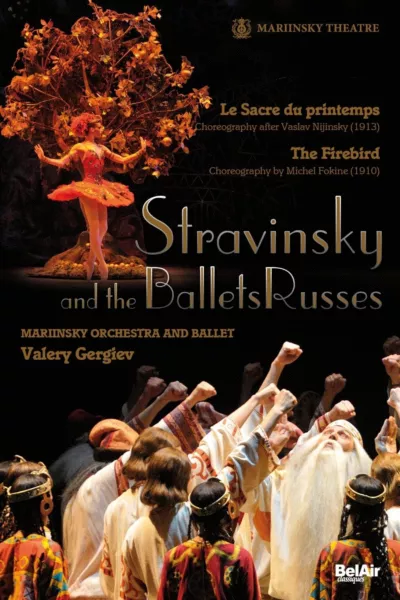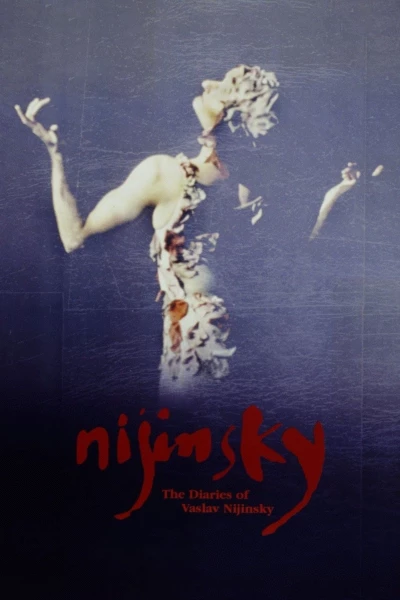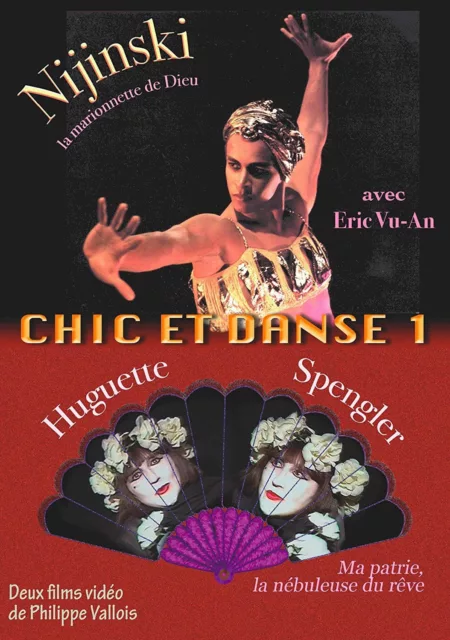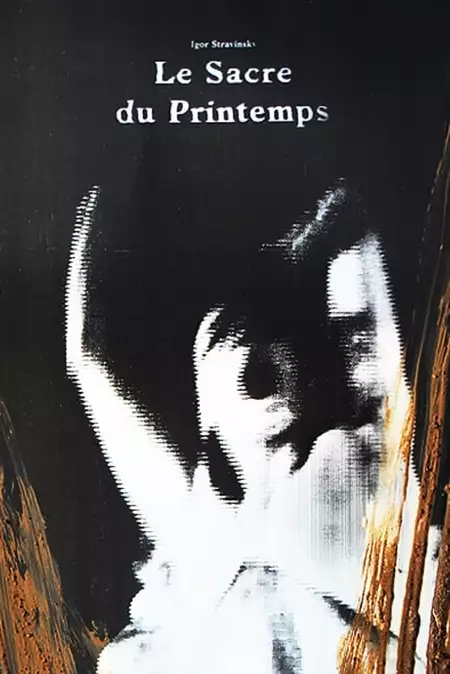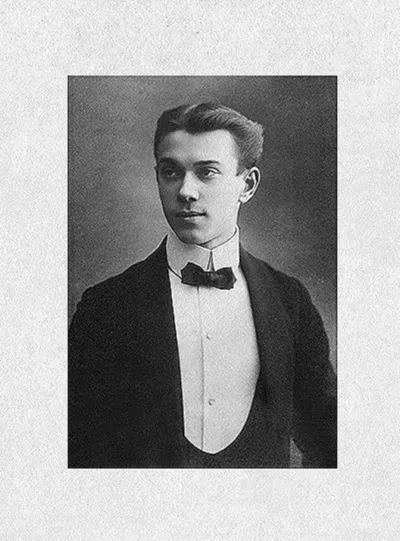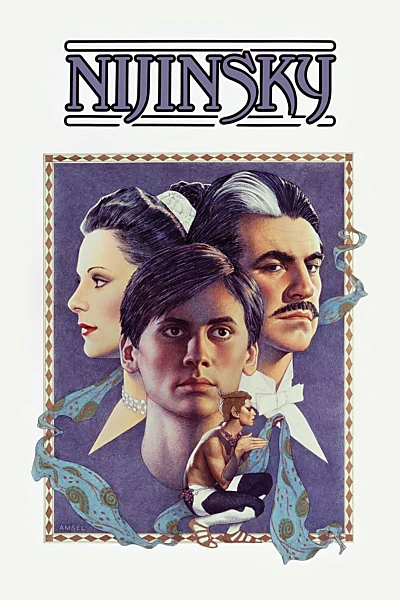Biography
(No Information)
Filmography
all 6
Movies 6
Writer 2
self 2
Information
Known ForCrew
GenderMale
Birthday1889-03-12
Deathday1950-04-08 (61 years old)
Birth PlaceKyiv, Ukraine
ChildrenKyra Nijinsky
SiblingsBronislava Nijinska
CitizenshipsRussian Empire, Soviet Union, Poland
AwardsOrdre des Palmes académiques, French Order of Academic Palms
This article uses material from Wikipedia.
Last updated:
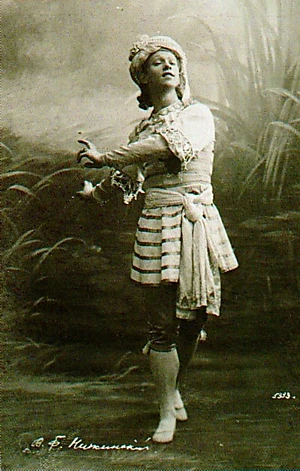 Vaslav Nijinsky
Vaslav Nijinsky- Filmography
- Information
